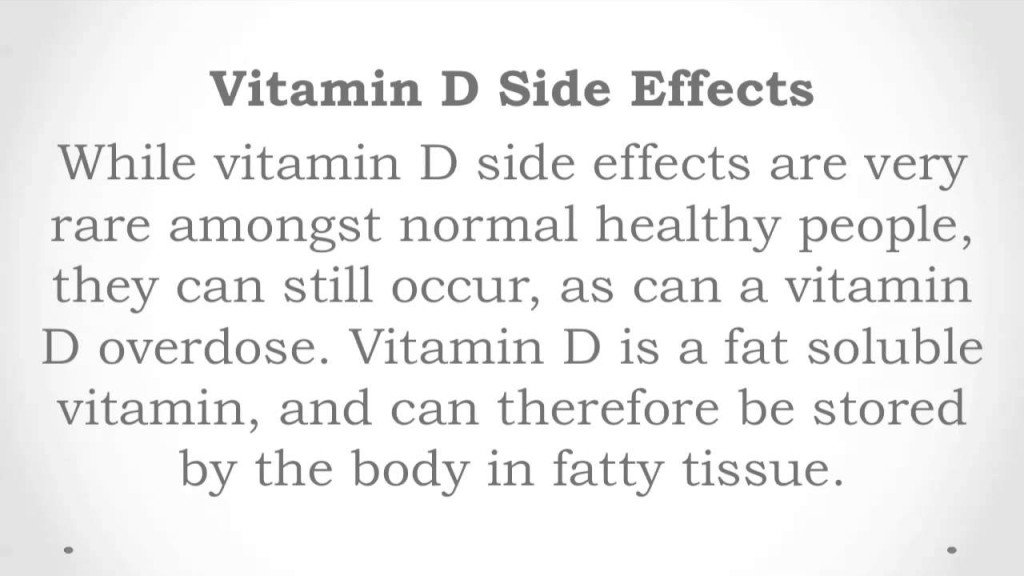 Practical Practitioner
Practical Practitioner
By: Pamela Egan, FNP-C CDE
Vitamin D3 Side Effects – D3 Toxicity
Those who work outdoors in the sun on a regular basis produce about 10,000iu of Vitamin D3 per day without toxicity. We now know that the optimum level of Vitamin D3 is much higher than once thought. The lower doses of D3 were initially set to prevent rickets (softening of the bones) which is rarely if ever seen today. The 1997-2002 US Food and Nutrition Board (FNB) recommendations for oral Vitamin D intake are too low. Research suggests the blood levels of the nutrient needed to prevent disease is 100nmol/L or greater. Since there are D3 receptors throughout the body, higher doses of Vitamin D3 are extremely helpful in preventing a multitude of diseases, including but not limited to breast and colon cancer, fibromyalgia, chronic fatigue syndrome, neuro-degenerative disease, obesity, diabetes, heart disease, osteoporosis, and many others.February 11 , 2010 – Since Vitamin D3 is a vitamin and not a drug, it does not have “side effects” as often referred to when discussing pharmaceutical and over-the-counter drugs and supplements. The exception would be if one were to ingest poorly manufactured D3 supplements or extremely high doses – far higher than recommended on most supplement labels.

For a variety of reasons, Vitamin D toxicity became an issue of exaggerated alarm, the extent of which is only now becoming evident. Looking back scientists now realize that it is extremely rare and only occurs from unusual oral intake – never from sunlight exposure. The early cases of Vitamin D intoxication that caused concern involved impurities in the production of various supplements, the use of synthetic Vitamin D analogues, or accidental use of extremely high doses, or individuals who simply were hypersensitive to the nutrient.
First symptoms of toxicity include anorexia, nausea, vomiting followed by excessive urination, weakness and nervousness. Sufferers may also become dehydrated and experience increased thirst and severe headaches. As symptoms progress, the nerves and muscles become affected, leading to itchy skin, fatigue, and weakness. Elevated serum calcium levels of 12 – 16 mg/dl are constant findings when toxic symptoms occur. Normal calcium levels are 6.5 – 10.5 mg/dl. At this point, bone pain or bone loss can occur. There’s no evidence of side effects with serum 25 (OH) D3 levels less than 140nmol/l. Toxic effects are usually associated with 25 (OH) D3 levels higher than 375 nmol/L, along with high blood calcium and phosphate levels.
Because overdoses are rare, most people will not reach the upper intake levels and those that do generally will not reach them often enough to trigger any type of overdose symptoms. If you are concerned that you may be consuming too much of the nutrient, contact your healthcare provider who can order the simple blood test for Vitamin D3 25 (OH) levels.
Pamela Egan, NP, CDE, ABAAHP Diplomat
1116 W. 21’st Avenue
Covington, LA 70433
Office Phone: 985-892-3031
Pamela Egan, MN, NP, CDE, ABAAHP Diplomat is a board certified Adult & Family Nurse Practitioner, Certified Diabetes Educator, and has completed a Fellowship in Anti-Aging & Regenerative Medicine. She can be reached at 985-892-3031 or www.pamelaegan.com.
Related Posts:
- – Vitamin D3
- – Experts Call for Increased Dose of Vitamin D3
- – Health Benefits of Vitamin D3
- – Vitamin D3: A Comprehensive Analysis
- – Vitamin D3 Sources
PamelaEgan.com > Health Articles > Alternative Medicine, Nutrition, Prevention

